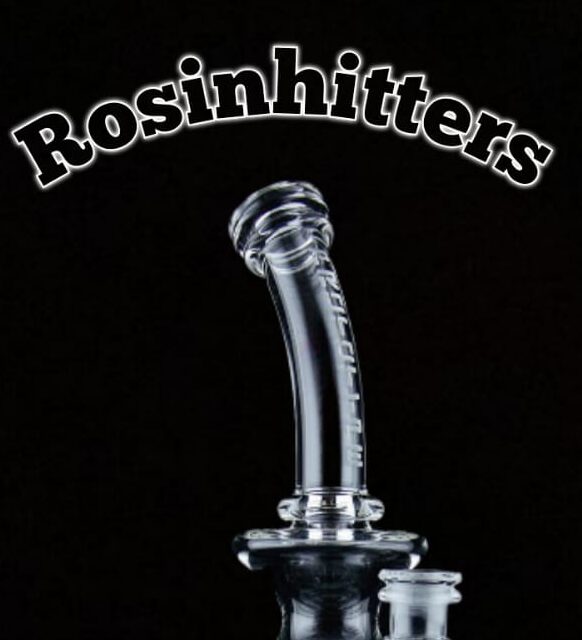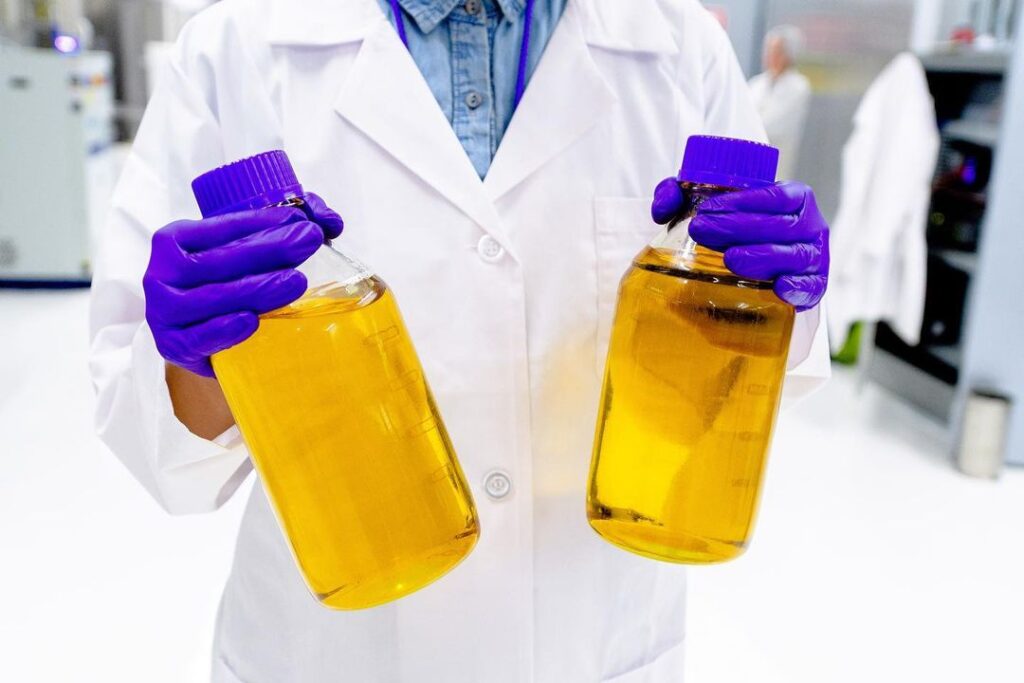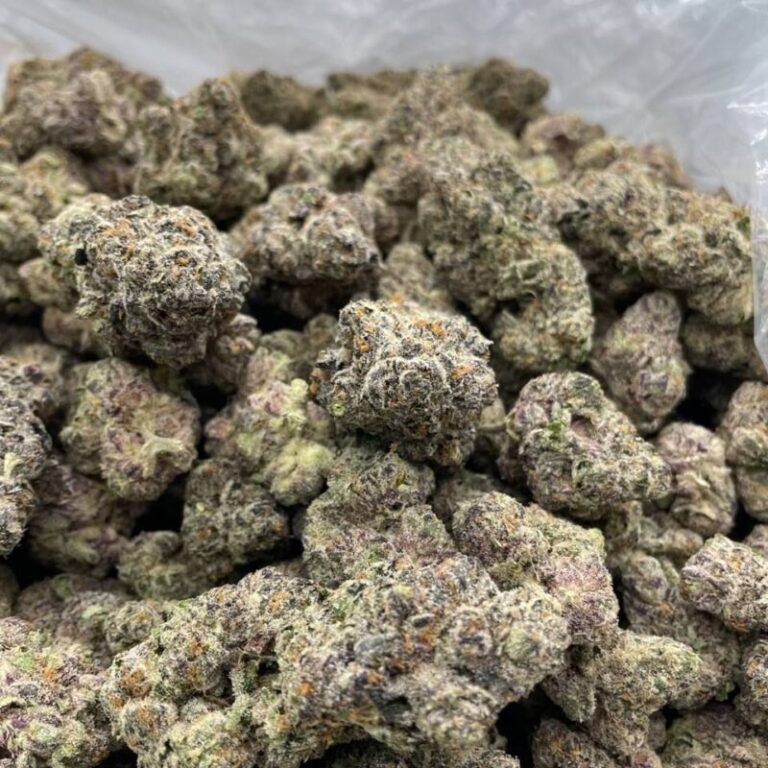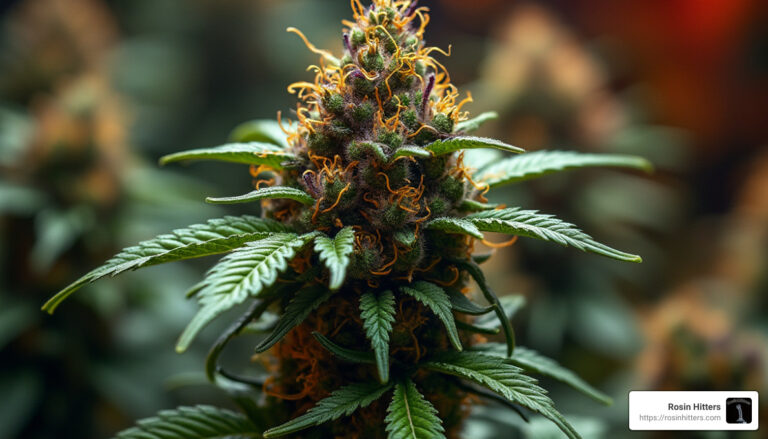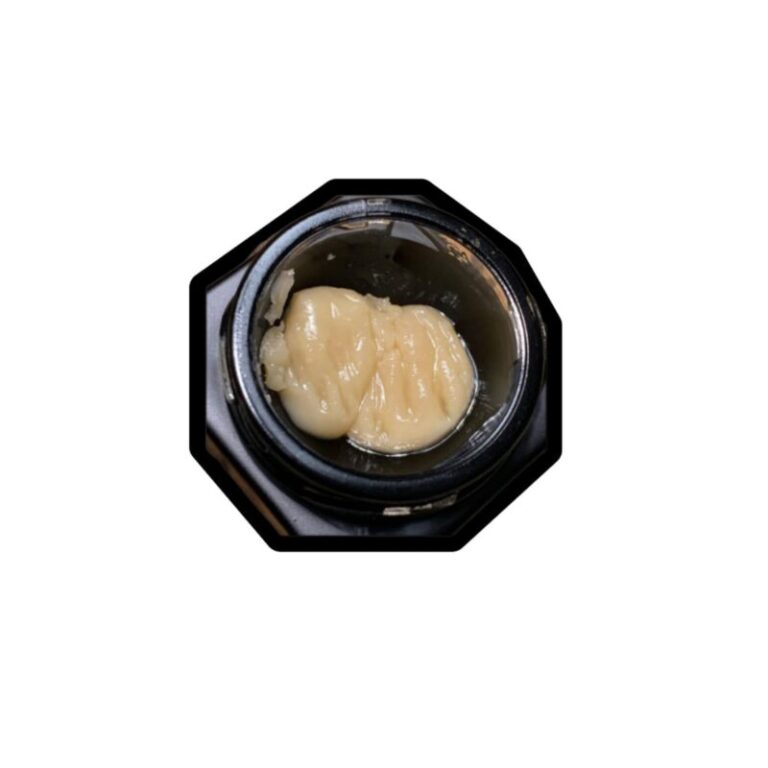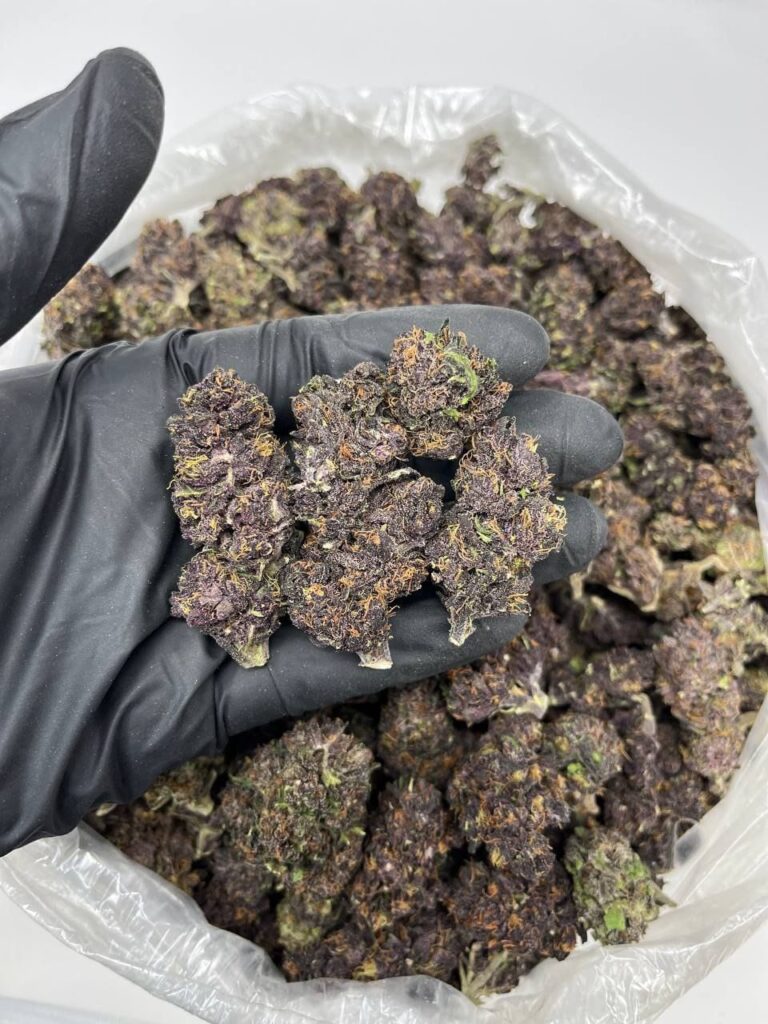California Cannabis Extraction: Top 3 Proven Methods 2024
California cannabis extraction is at the heart of a thriving industry, crucial for producing the high-quality products that consumers like Alex seek.
- What is it? It’s a process used to isolate and concentrate the most beneficial compounds from cannabis, like THC and CBD.
- Why is it important? California, renowned for its booming cannabis market, remains a leader in innovative extraction techniques that ensure product purity and potency.
- Market Impact: With cannabis sales surging, extraction technologies play a vital role in meeting consumer demand and maintaining California’s position as a world market leader.
California has the largest cannabis market globally, driven by the state’s strict regulations and commitment to quality. Advanced extraction methods, such as closed-loop and solventless systems, cater to diverse consumer needs—from the potent aromas of terpenes to the purest, solvent-free concentrates.
The market is growing rapidly, expected to skyrocket with increasing consumer interest in reliable and potent products. Companies like Procan Labs exemplify this trend by doubling output and delivering high-quality extracts used in various products, from edibles to tinctures.
Open uping the future of cannabis extraction means embracing innovation, ensuring safety, and complying with regulatory standards, all while delivering the pure and flavorful experiences that consumers desire.

Understanding Cannabis Extraction
Cannabis extraction is a fascinating process that transforms raw plant material into concentrated products. This process is essential for creating a wide range of cannabis products, from oils and tinctures to edibles and topicals. Let’s break down the two main types of extraction methods: solvent-based and solventless.
Solvent-Based Extraction
In solvent-based extraction, chemicals are used to dissolve the desired compounds from the cannabis plant. This method is popular because it efficiently extracts cannabinoids and terpenes, the compounds responsible for the plant’s effects and aromas. Here are some common solvents used:
- Butane: Often used for making butane hash oil (BHO), known for its potency. The process involves running butane through cannabis material to extract oils, which are then purged of solvent residues.
- Ethanol: A safer alternative to butane, ethanol is effective in extracting a full spectrum of cannabinoids and terpenes.
- CO2: Supercritical CO2 extraction is gaining popularity due to its safety and environmental benefits. It uses carbon dioxide in a liquid state to extract oils without leaving harmful residues.
Each solvent-based method has its pros and cons, but they all aim to produce pure, concentrated extracts. However, safety is paramount, as the use of volatile solvents requires strict adherence to safety protocols and regulations.
Solventless Extraction
Solventless extraction, as the name suggests, does not use chemical solvents. Instead, it relies on mechanical processes to separate the valuable compounds from the plant. This method is favored for its natural approach and is considered one of the healthiest extraction methods due to the absence of chemical residues. Key techniques include:
- Rosin Pressing: Applying heat and pressure to cannabis material to release oils. This method produces a high-quality concentrate known as rosin.
- Ice Water Extraction: Also known as bubble hash, this method uses ice water and agitation to separate trichomes from the plant, resulting in a pure and potent concentrate.
Solventless methods are celebrated for preserving the plant’s natural flavors and aromas, offering consumers a cleaner, more authentic cannabis experience.
Choosing the Right Method
The choice between solvent-based and solventless extraction depends on several factors, including the desired product type, safety considerations, and regulatory compliance. In California, strict regulations guide the use of extraction methods to ensure both consumer safety and product quality. As the market continues to grow, innovative extraction techniques will play a crucial role in shaping the future of the cannabis industry.

Whether you’re a consumer seeking the purest products or an entrepreneur eyeing the booming California cannabis market, understanding these extraction methods is key to navigating and succeeding in this dynamic industry.
California Cannabis Extraction: Methods and Techniques
California is at the forefront of cannabis innovation, and extraction methods are no exception. Let’s explore some of the key techniques used in the California cannabis extraction industry, focusing on cold water extraction and rosin pressing.
Cold Water Extraction
Cold water extraction, also known as bubble hash, is a solventless method that uses ice water to separate trichomes from the cannabis plant. This process is favored for its simplicity and purity. Here’s how it works:
- Cannabis Material: Start with high-quality cannabis, either buds or trim.
- Ice Water Bath: Soak the material in ice water. The cold temperature makes the trichomes brittle.
- Agitation: Stir the mixture to break off trichomes.
- Filtration: Use mesh bags to filter the trichomes from the plant material.
- Drying: The collected trichomes are dried to form bubble hash.
This method is celebrated for preserving the plant’s natural flavors and aromas. It’s a great choice for those seeking a clean, chemical-free product.
Rosin Pressing
Rosin pressing is another popular solventless extraction method that uses heat and pressure to extract cannabinoids and terpenes from the cannabis plant. This technique is known for producing high-quality concentrates without the use of solvents. Here’s a simplified breakdown:
- Heat and Pressure: Cannabis material is placed between parchment paper and pressed with a heated press.
- Collection: The resulting rosin is collected as it oozes out from the material.
- Purity: This method maintains the full spectrum of cannabinoids and terpenes, offering a pure and flavorful product.
Rosin pressing is a safe and efficient method that aligns with California’s focus on clean and sustainable cannabis products. It is a staple in producing high-quality concentrates without the need for solvents.
Regulatory Environment in California
Navigating the regulatory environment for California cannabis extraction is crucial for both new and established operators. The Department of Cannabis Control (DCC) oversees the state’s cannabis industry, ensuring that all activities comply with stringent laws and safety standards.
Department of Cannabis Control (DCC)
The DCC is responsible for regulating and licensing cannabis businesses in California. It sets the framework for legal compliance, focusing on safety, quality, and transparency. The DCC ensures that cannabis products are safe for consumers by enforcing rigorous testing and labeling requirements.
Compliance
Compliance is a cornerstone of operating within California’s cannabis industry. Businesses must adhere to a wide range of regulations, from environmental impact assessments to worker safety protocols. Failure to comply can result in hefty fines, license suspension, or even business closure.
Key compliance areas include:
- Product Testing: All cannabis products must be tested for potency and contaminants.
- Labeling: Products must carry clear labels with information on THC content, ingredients, and safety warnings.
- Track-and-Trace: The state mandates a track-and-trace system to monitor cannabis from seed to sale, ensuring accountability and reducing illegal market activity.
In the changing landscape of California cannabis extraction, staying informed about regulatory changes is essential for success. Compliance not only protects consumers but also helps businesses thrive by building trust and ensuring access to the market.
Safety and Best Practices
Ensuring safety in the California cannabis extraction industry is paramount. This section focuses on solvent safety, closed-loop certification, and essential safety protocols to protect both operators and consumers.
Solvent Safety
In cannabis extraction, solvents like ethanol are commonly used. However, these substances can be volatile and pose significant risks if not handled properly.
Here are some key aspects of solvent safety:
- Proper Ventilation: Ensure that extraction areas have adequate ventilation to prevent the buildup of flammable vapors.
- Training: All personnel should be trained in handling solvents safely, including emergency procedures for spills or leaks.
- Storage: Solvents must be stored in approved containers and locations to minimize the risk of accidents.
Closed-Loop Certification
Closed-loop extraction systems are a cornerstone of safe cannabis extraction, especially when using volatile solvents. These systems are designed to recycle solvents, reducing waste and minimizing exposure to harmful chemicals.
Certification Requirements:
- System Design: Must meet specific engineering standards to ensure they are leak-proof and safe for use.
- Regular Inspections: Certified systems require routine checks to maintain their integrity and performance.
- Documentation: Operators must keep detailed records of system maintenance and inspections to comply with regulatory requirements.
Safety Protocols
Implementing comprehensive safety protocols is crucial for any cannabis extraction operation. These protocols help prevent accidents and ensure compliance with state regulations.
Essential Safety Protocols:
- Emergency Plans: Develop and communicate clear emergency response plans for potential incidents, including fire or chemical exposure.
- Personal Protective Equipment (PPE): Ensure all staff wear appropriate PPE, such as gloves, goggles, and fire-resistant clothing.
- Regular Training: Conduct ongoing safety training sessions to keep staff updated on best practices and regulatory changes.
By prioritizing safety and adhering to best practices, cannabis extraction businesses can protect their workforce, maintain compliance, and produce high-quality products. In this rapidly growing industry, a commitment to safety not only safeguards operations but also improves reputation and consumer trust.
Frequently Asked Questions about Cannabis Extraction
How much does a cannabis extraction technician make?
In California, the salary of a cannabis extraction technician varies based on experience, location, and the specific company. On average, technicians can earn between $40,000 to $70,000 annually. Cities like Los Angeles, San Francisco, and San Diego often offer higher salaries due to the higher cost of living and greater demand for skilled technicians. The job market for cannabis extraction is growing rapidly, reflecting the expansion of the cannabis industry in California.
What is the healthiest cannabis extraction method?
The healthiest method for cannabis extraction is often considered to be cold water extraction. This solvent-free technique uses only ice, water, and agitation to separate the trichomes from the plant material, resulting in a pure and potent product without the use of chemicals.
Cold water extraction is not only safe but also preserves the natural terpenes and cannabinoids, offering a full-spectrum experience. This method is ideal for consumers looking for a clean and natural product without residual solvents.
Is cannabis extraction profitable?
Yes, cannabis extraction can be highly profitable, especially in a robust market like California. The demand for high-quality cannabis concentrates continues to rise, driven by consumer interest in products like oils, tinctures, and edibles. Companies that focus on efficient extraction processes and maintain compliance with state regulations can capitalize on this demand.
However, profitability also depends on factors like operational efficiency, product quality, and market competition. By investing in advanced technology and skilled personnel, businesses can improve their profitability in this dynamic industry.For more information about our solventless extraction methods and products, visit our Hash Oil page.
